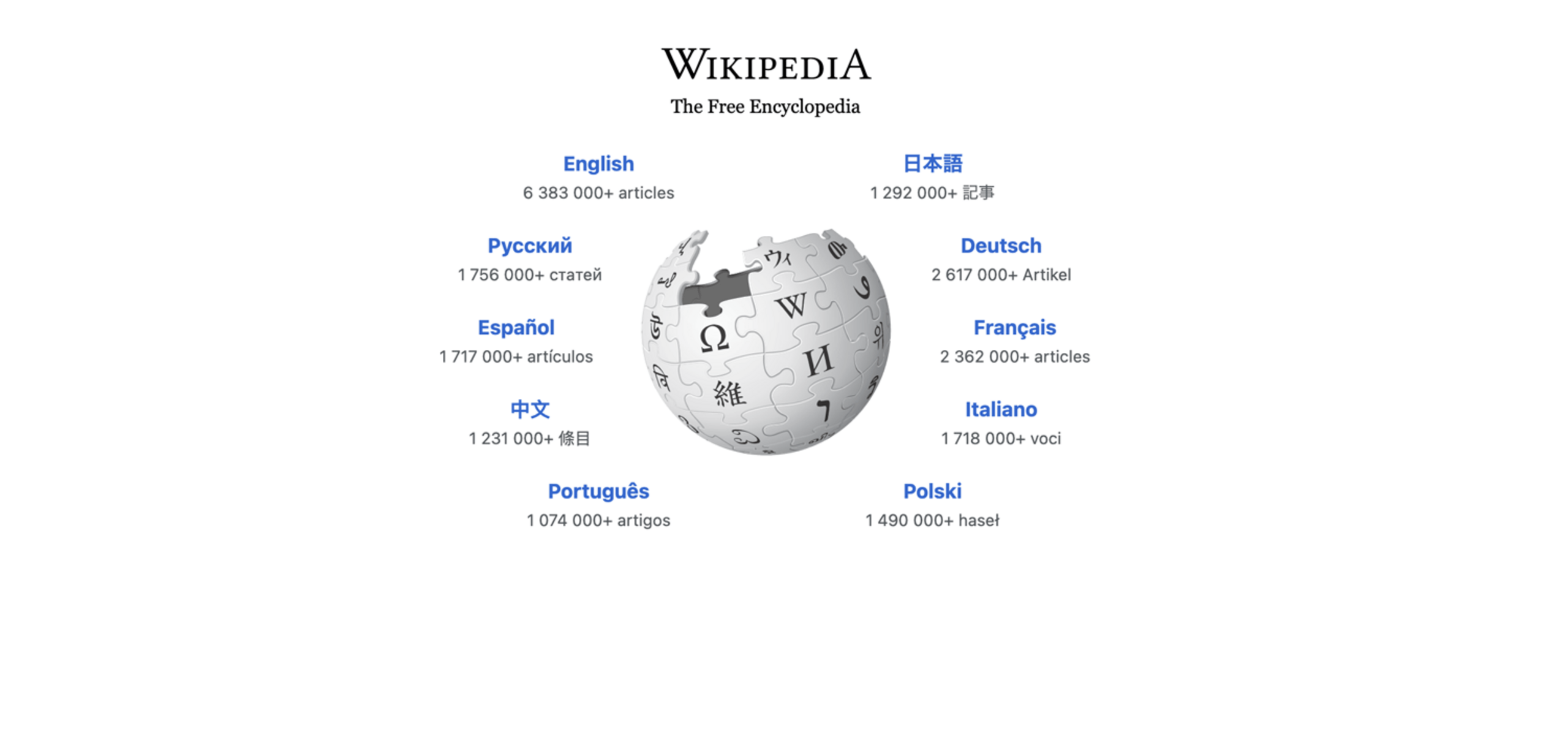Did you know that Mrs Bland’s school in Burghfield Common is connected to Reading Museum? That there’s more to John Player than cigarettes?
Throughout our town’s long history, Reading has been an important setting in the lives of many significant people, who have left fantastic legacies locally, nationally, and beyond.
As part of our work as Museums Partnership Reading (funded by Arts Council England), Reading Museum and The Museum of English Rural Life embarked on a project to explore how Reading’s diverse history, and the lives of its people, could be better represented on one of the world's largest collections of information: Wikipedia!
In this blog, learn about our Wikipedia project, and the stories that our incredible volunteer researchers have brought online.
Our Wikipedia project
As a starting point for our work, we used objects in both museums’ collections as a way of identifying significant persons, organisations, and institutions related to Reading’s past. We hoped to find possibilities that would be both fruitful for further study and suited the varied research interests of each of our brilliant volunteers.
Whilst all this work took place during the COVID-19 pandemic, our volunteers were able to undertake online training delivered by the University of Edinburgh. This training formed part of the Women in Red project, which seeks to challenge the historic gender imbalance of Wikipedia articles (where, in 2014, only 15.5% of English Wikipedia biographies were about women). We sought to address this within our project, and ensure that significant women from Reading’s history were better represented on the platform.
After finishing their research, our volunteers wrote and published their content on Wikipedia. To date, the project has created or edited twenty different Wikipedia entries, highlighting the lives of local people and their lasting significance. Read about these figures below!
Reading on Wikipedia
Dr Molly Cotton (1902 – 1984) was a medical doctor and archaeologist. Her incredible archaeological career spanned almost half a century, both in the UK and Italy. In the 1930s, she took part in the excavations of the Roman town at Silchester, Calleva Atrebatum. Items from her excavation form part of our Silchester collection today!
Horatio Bland (1802 – 1876) was a merchant and collector of artefacts from around the world. Born in Newfoundland, he lived and traded as a merchant around the world, before settling in Berkshire in the 1840s. Bland’s personal collection (amassed throughout his lifetime and displayed in a private museum at Bland’s home) was donated to Reading Museum after his death.
Beatrice Braithwaite Batty (1833 – 1933) was a writer and a traveller. During her lifetime, she wrote more than ten novels and edited a range of significant materials and publications. After her death in Reading at the grand age of 100, much of her personal collection was given to local museums, including Reading Museum, the Pitt Rivers Museum, and the Bodleian Library.
Winsome Douglas (1919 – 2016) was an embroider, teacher and author. She helped to set up the National Needlework Development Scheme to raise standards in embroidery design and practice. Several of her books were published by Mills & Boon, including ‘Discovering Embroidery’, ‘Let me Embroider’, and ‘Embroidery’, in the 1950s. Examples of her work are in the Reading Museum collection.
David Goodey (1942 – 2011) ran a successful riding stable and provided horses and carriages for the film and television industry from the 1970s to the 1990s. He established his own riding school, Foxhill Riding Stables, in Earley, on land which now forms part of the main Whiteknights campus of the University of Reading. In the 1960s, he donated several items to The MERL.
Henrietta Lawes (1861 – 1947) was a talented artist who is best known for illustrating Egyptian artefacts and assisting with the excavations at Hu, Egypt. She had lifelong links with Reading’s community, and several of her works were exhibited at Reading Museum in the early 1900s. She bequeathed numerous ancient artefacts both to Reading Museum and the Ure Museum (part of the University of Reading).
Ambrose Petrocokino (1864 – 1926) was an avid traveller and collector of artefacts from India, China, and Japan. Born to a family of Greek émigrés in Manchester, he settled in Berkshire in his later life, where he was involved in various charities and political activities. Several of the objects that he donated to Reading Museum featured in our 2019-20 exhibition, ANIMAL: World Art Journeys.
Lavinia Smith (1871 – 1944) was a nun, teacher, and (in later life) a collector of rural artefacts. Her private collection helped form The Museum of English Rural Life.
John Player (1792 – 1861) was a clockmaker in Reading. He was a pacifist and follower of John Wycliffe.
How did our volunteers find the project?
We received amazing feedback from our volunteers, who were thrilled to see their work appear online.
Volunteer Judith, who researched Winsome Douglas, said: ‘I have really enjoyed researching and writing about Douglas. What an interesting character, and what talent!’.
Volunteer Alex enjoyed the process of exploring Reading’s history, saying: ‘I found the researching really interesting, especially as I found out quite a bit about the museum's history as well’.
Volunteer Carly has carried on adding to Wikipedia after the project finished. ‘I have been working extra hard on the volunteer researcher role’, she said, ‘and have recently had a few sessions at the Berkshire Records Office. This has allowed me to create a Wikipedia page for the Earley WI’.
Taking part in the project has also given the volunteers transferable skills that you can use in other areas of their lives. ‘In particular, I do think the People and Places research project really helped me with recent job applications’, said volunteer Kathryn. ‘It meant that I could demonstrate to employers that I had research skills, and that I could write and reference public articles’.
Interested in finding out more about volunteer opportunities at The MERL and Reading Museum? Explore our current vacancies and get in touch. We’d love to hear from you!





